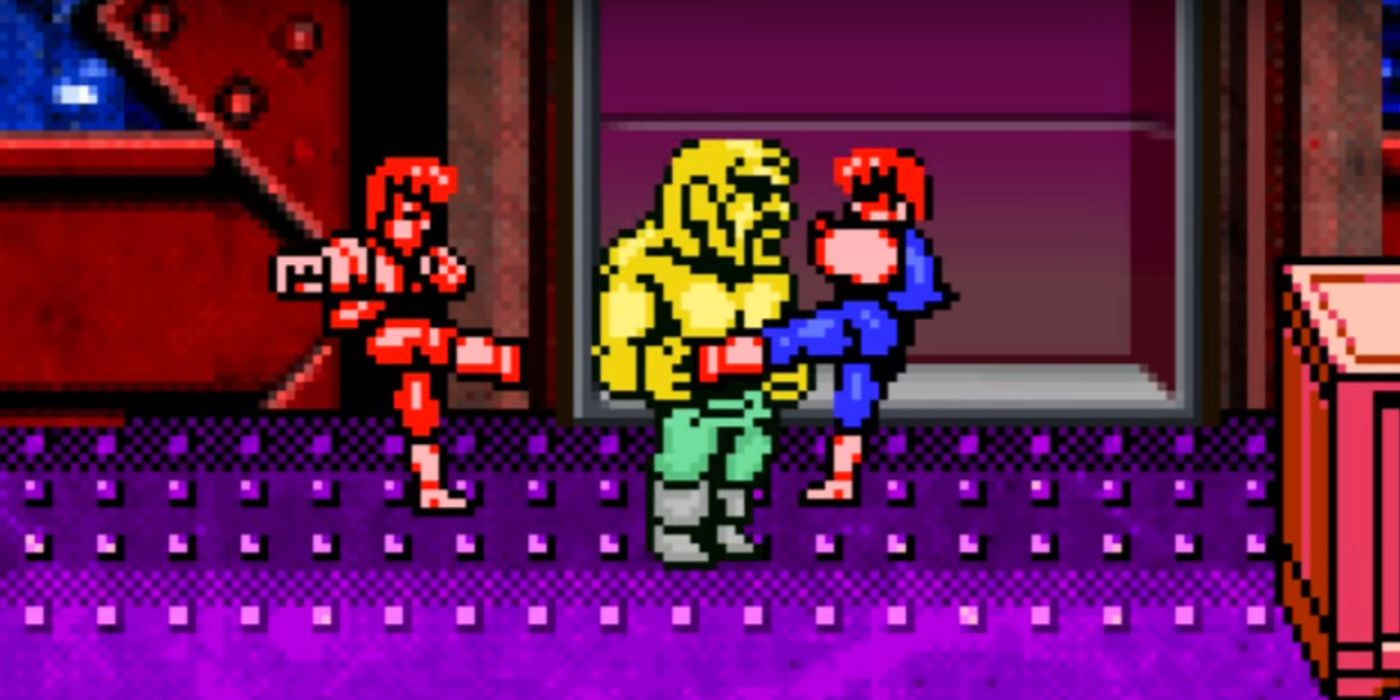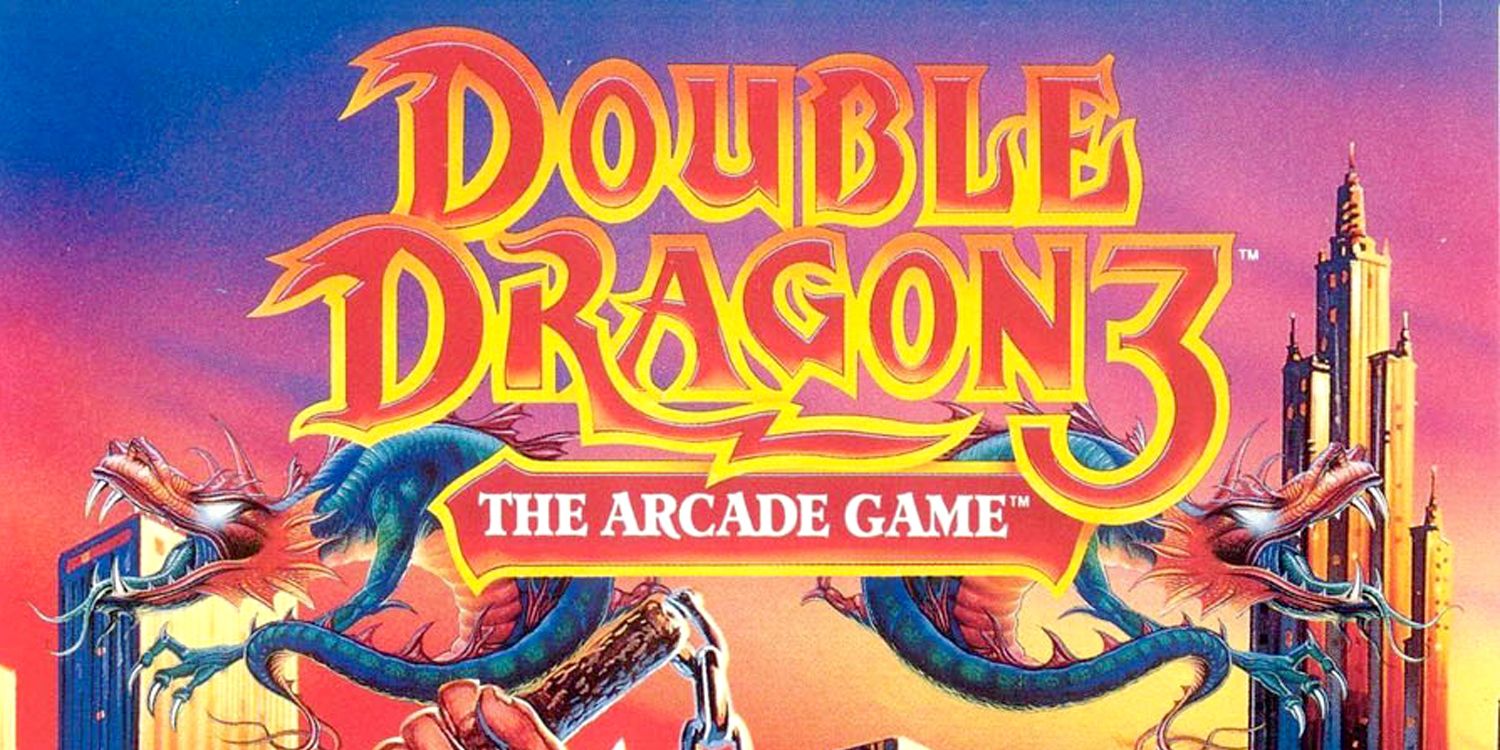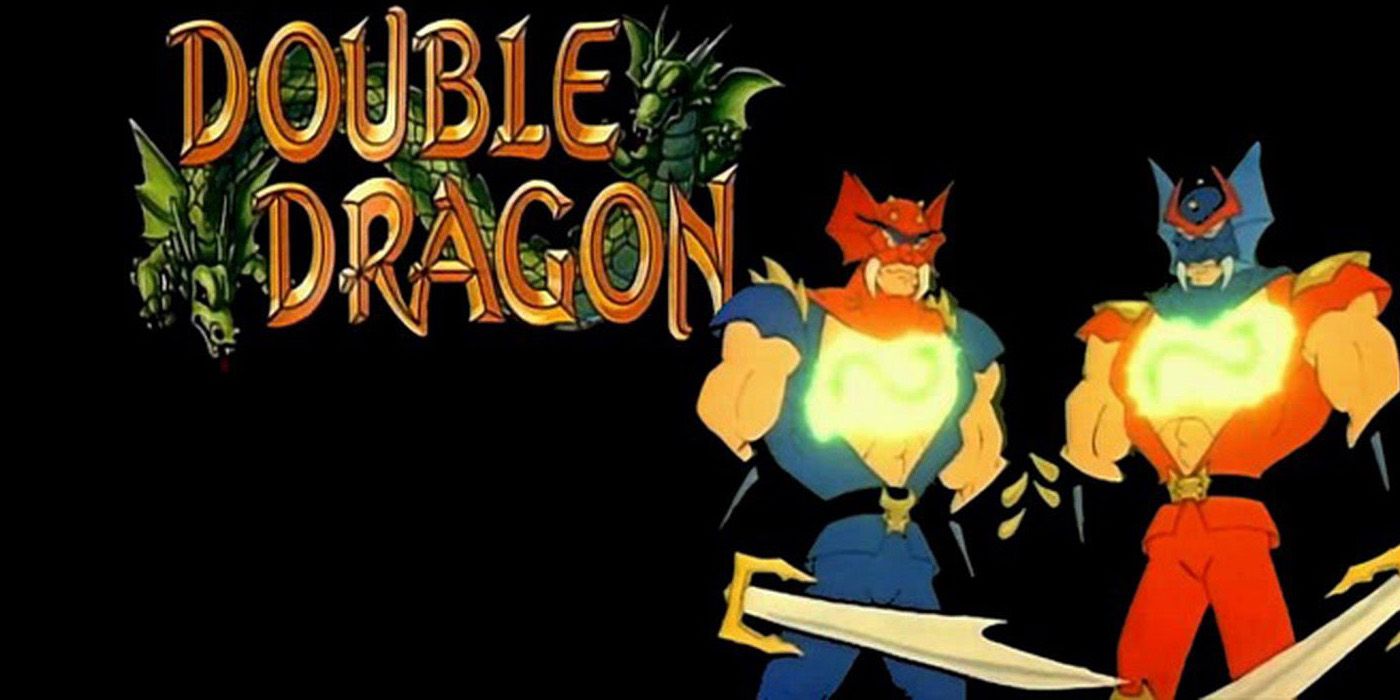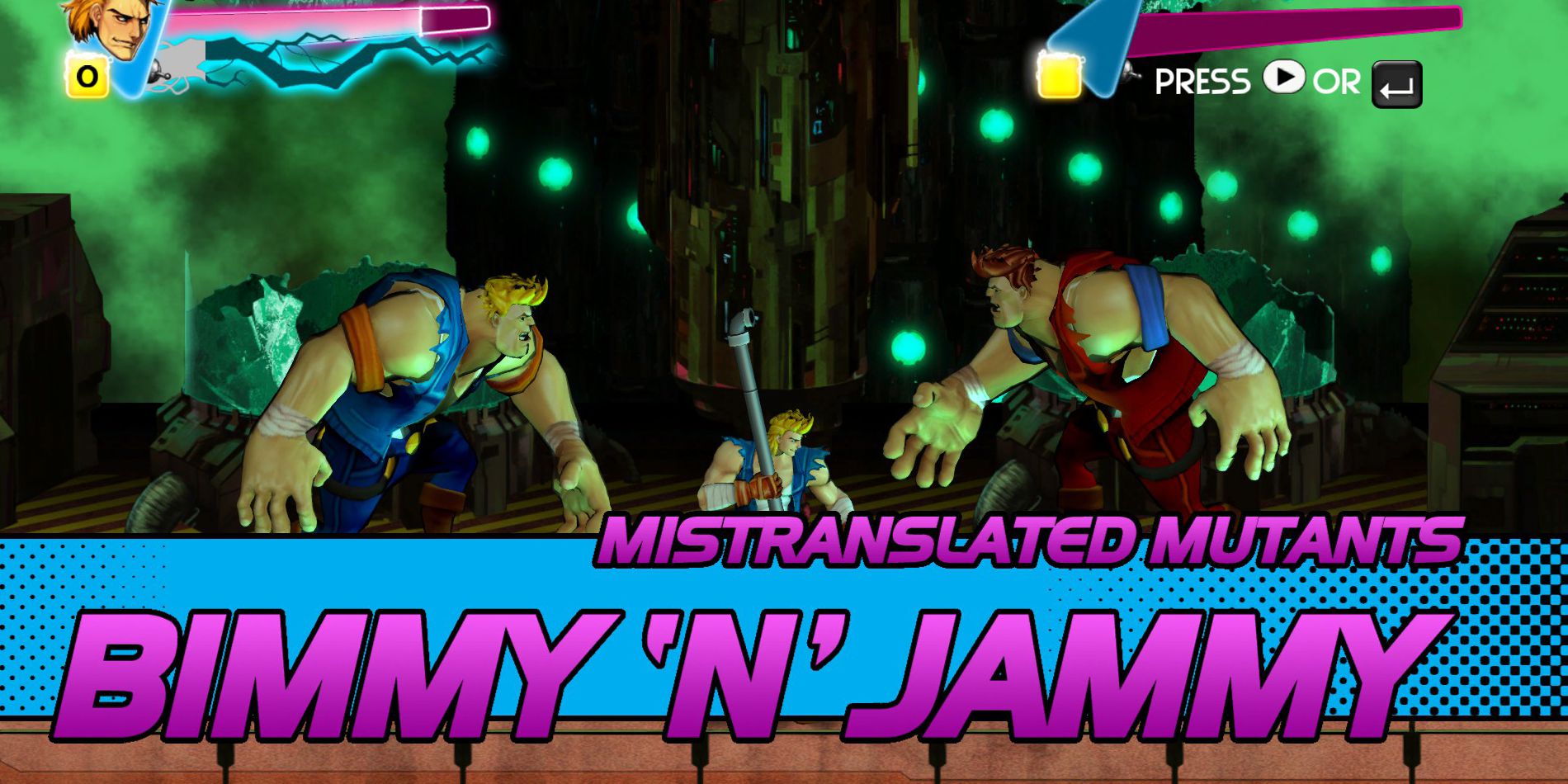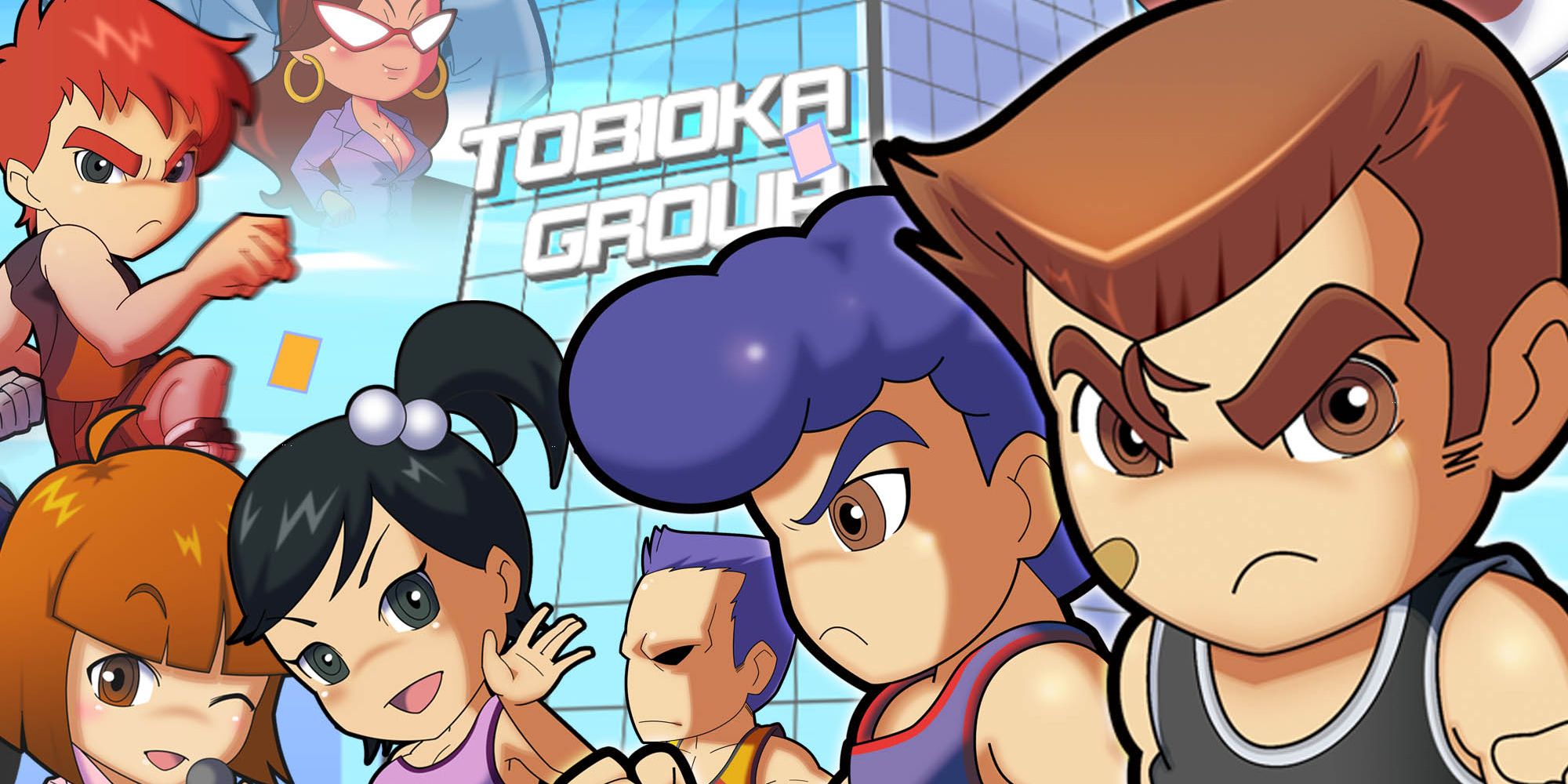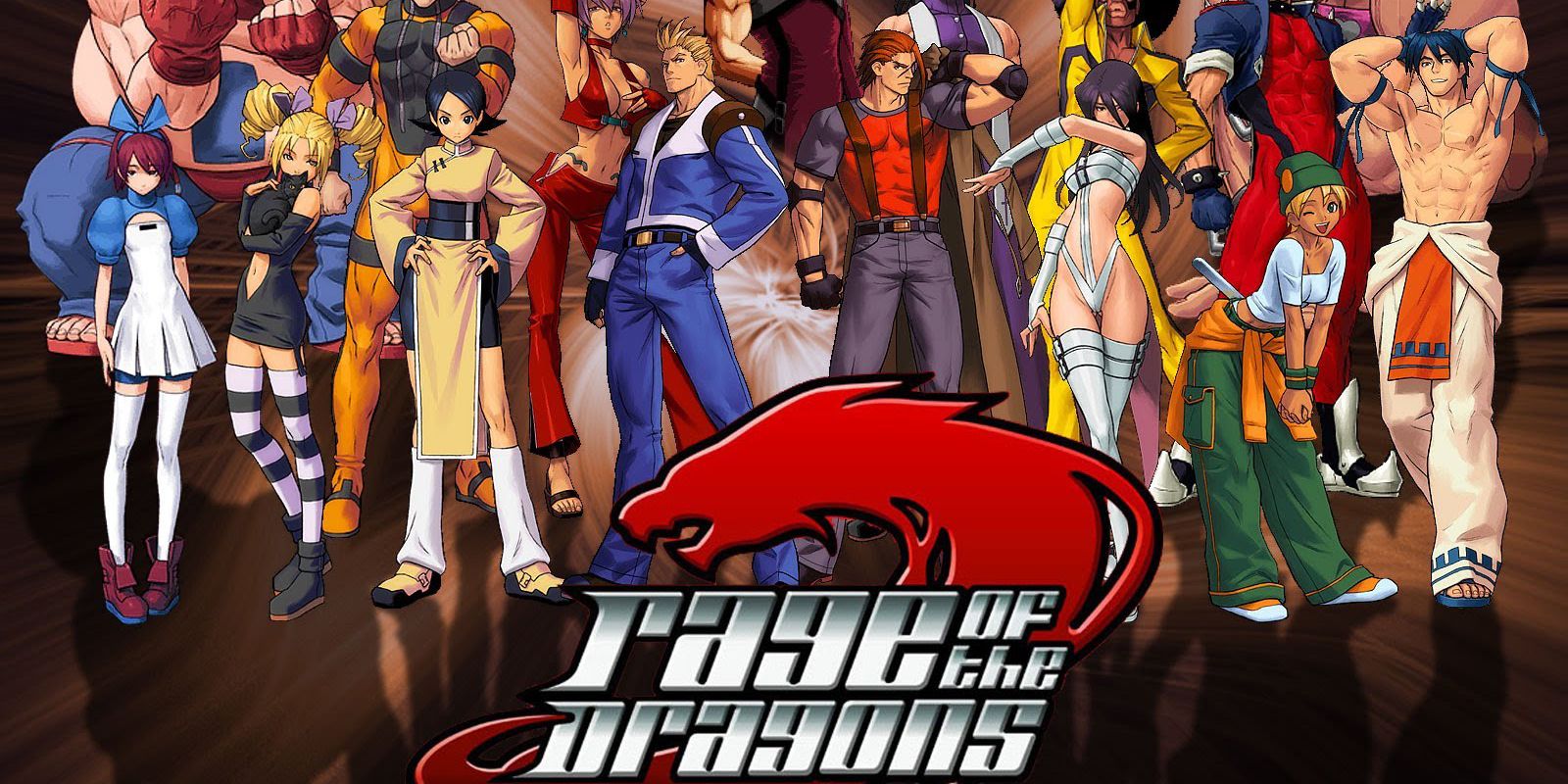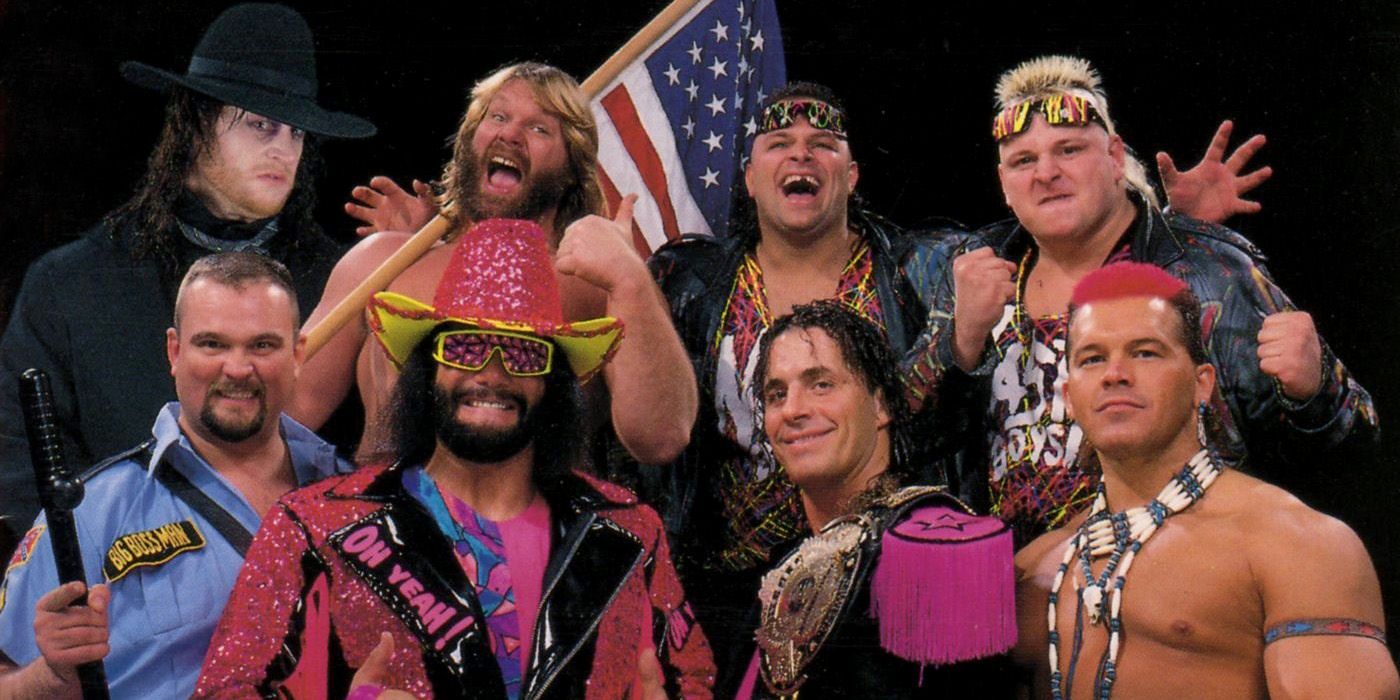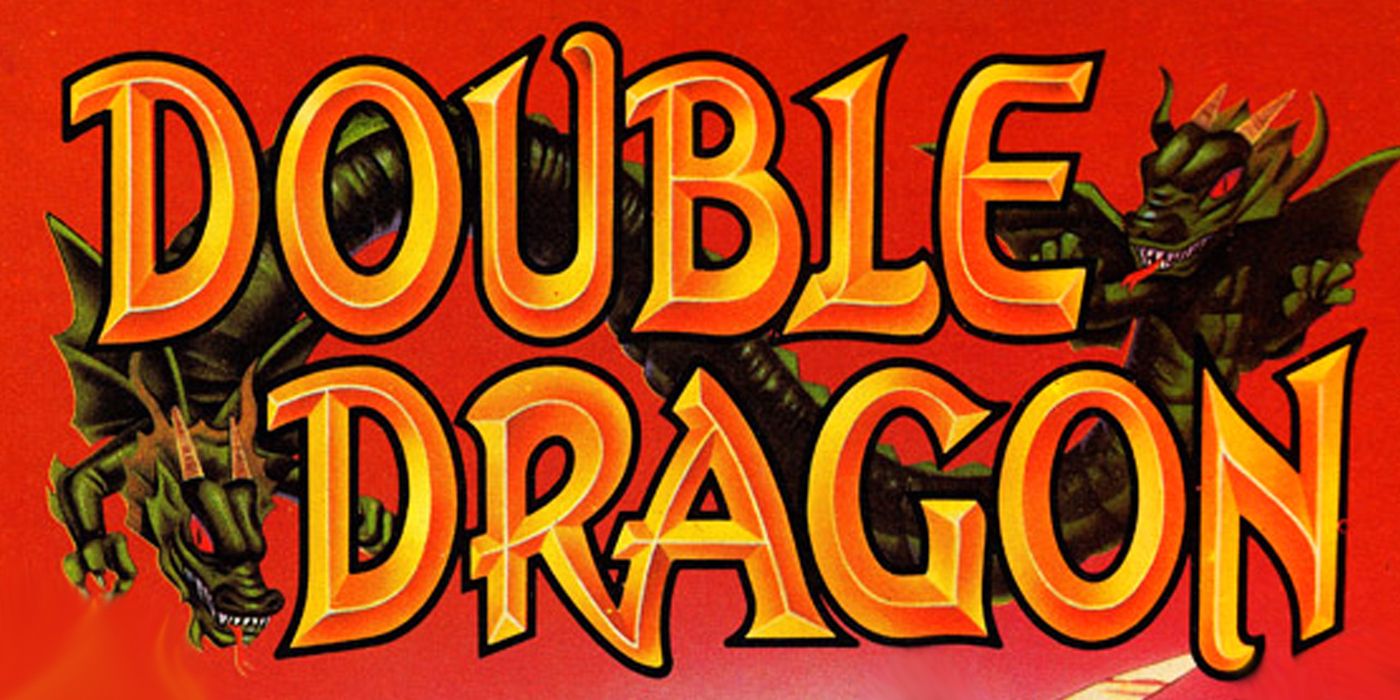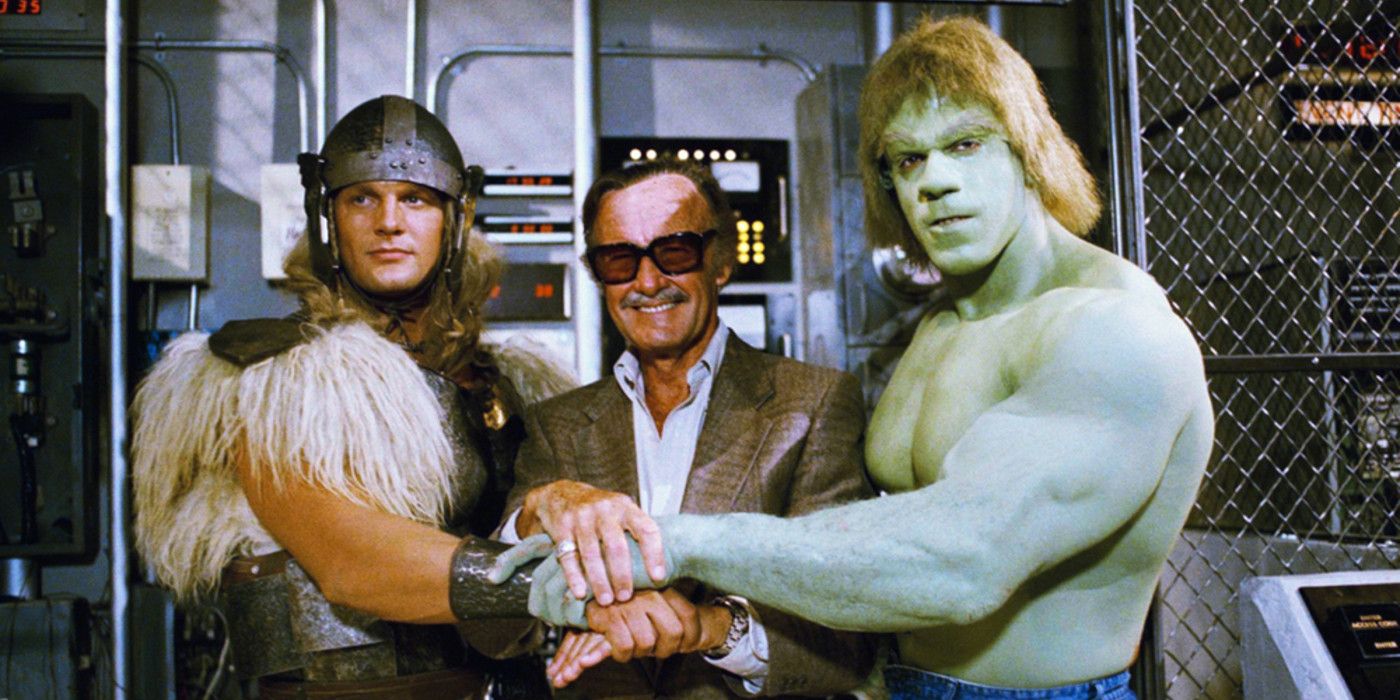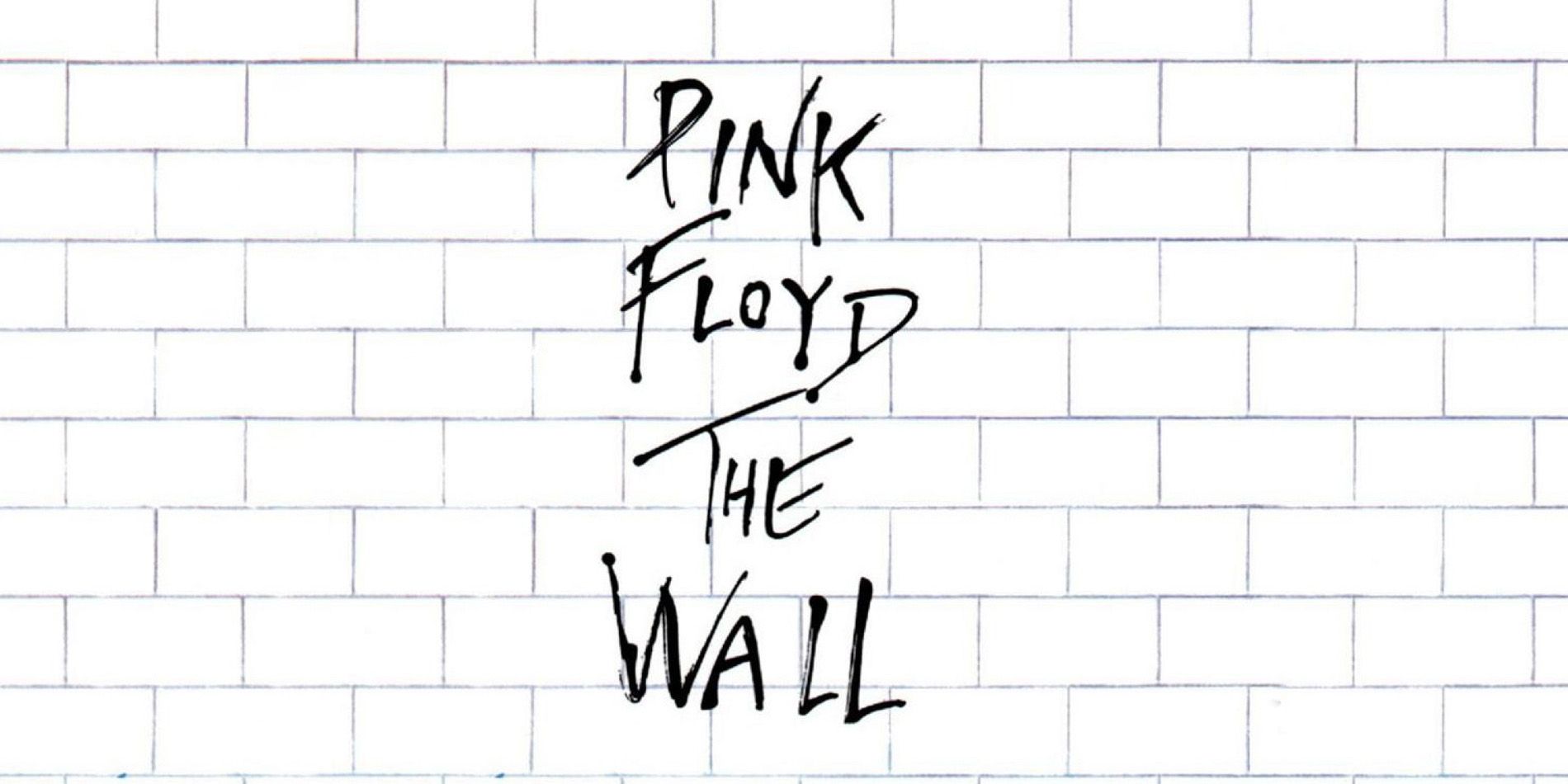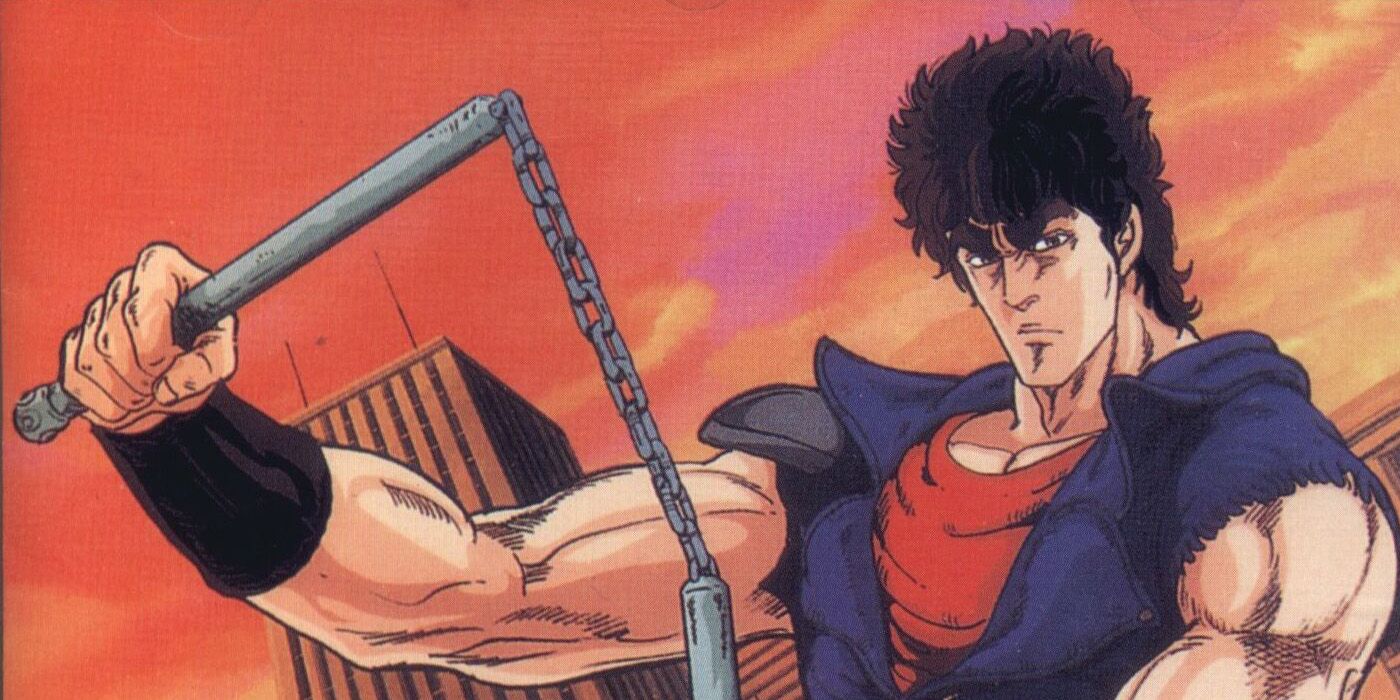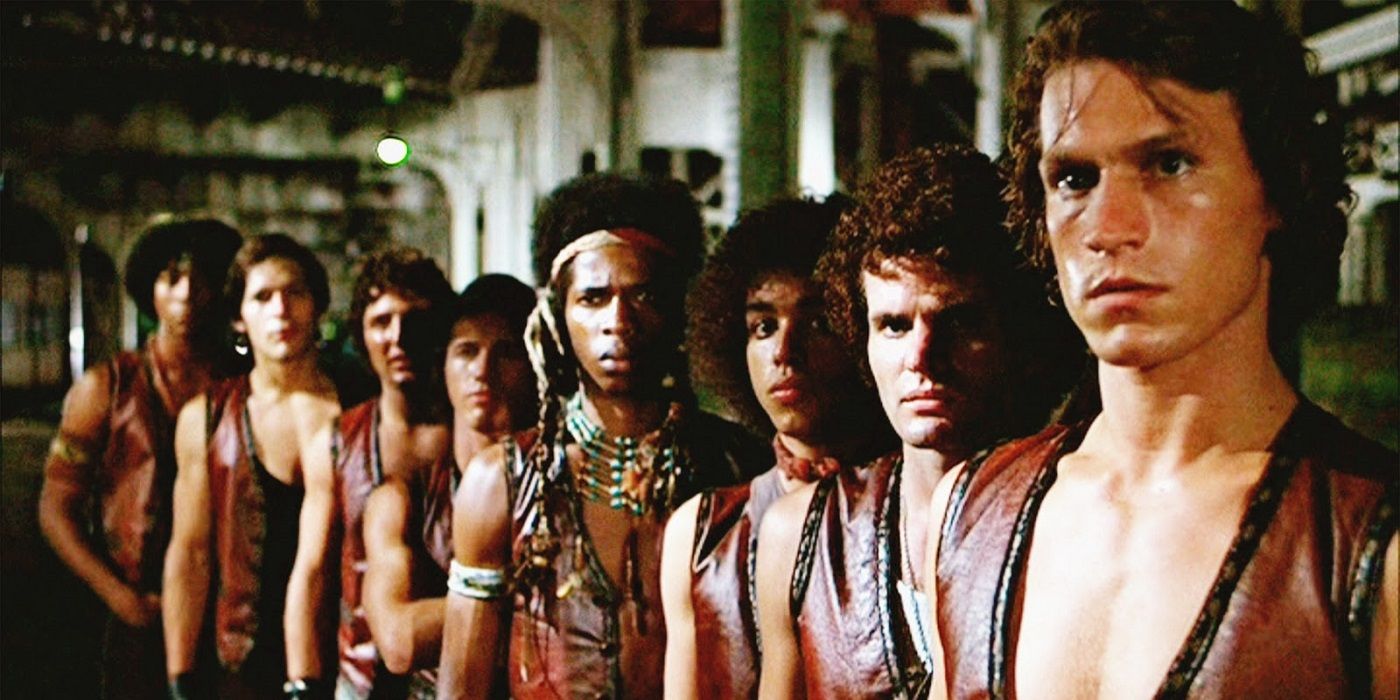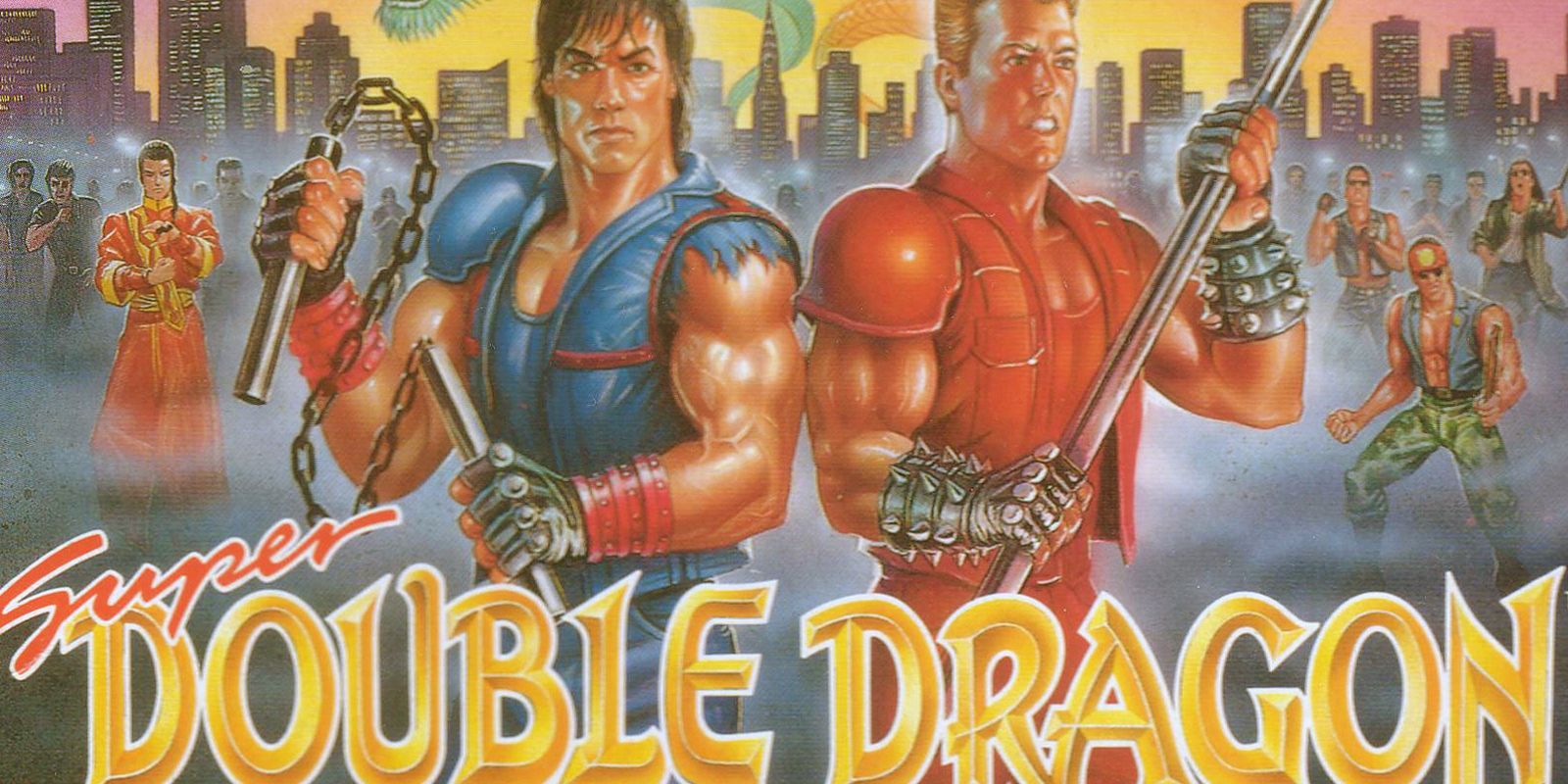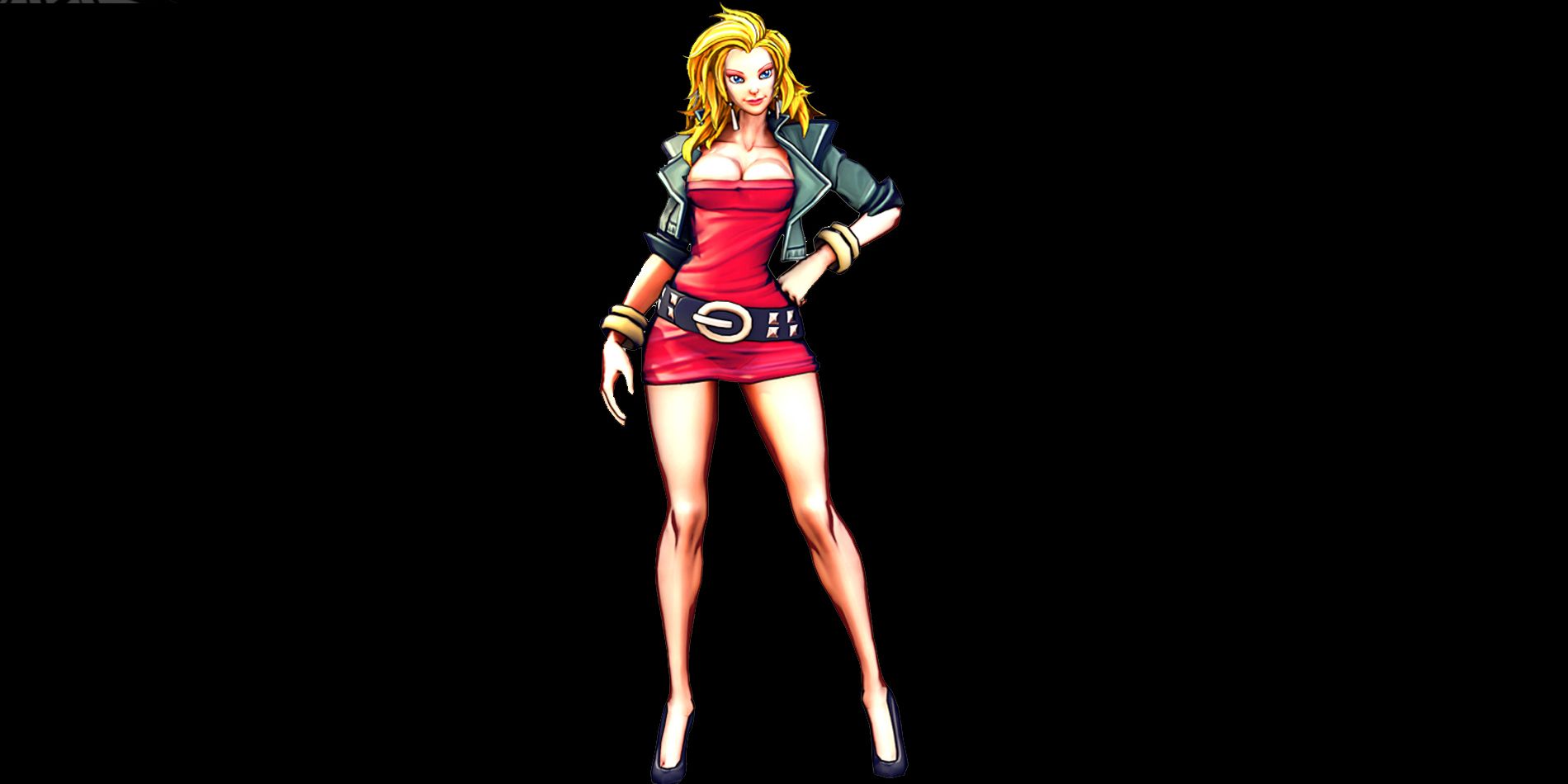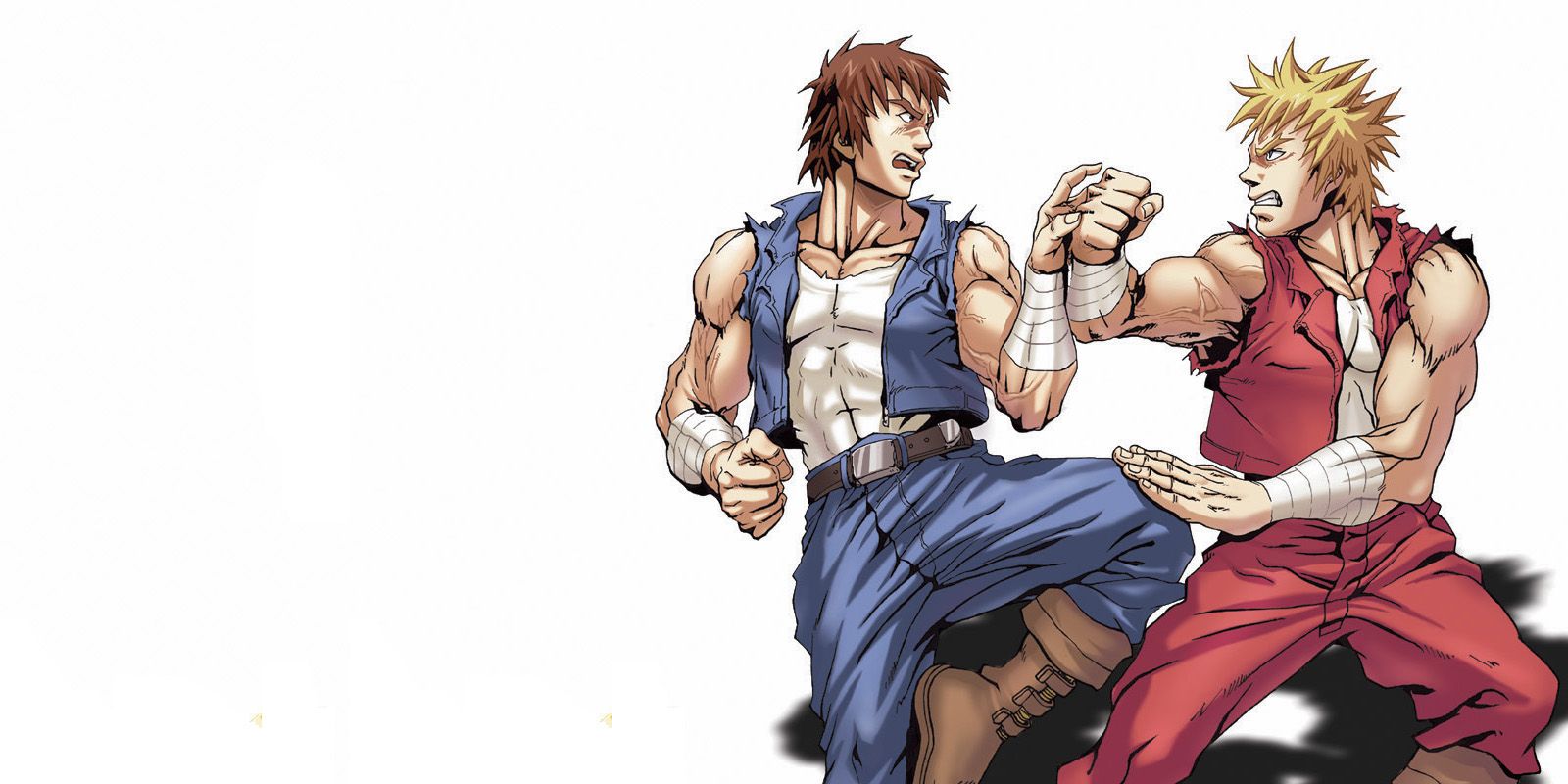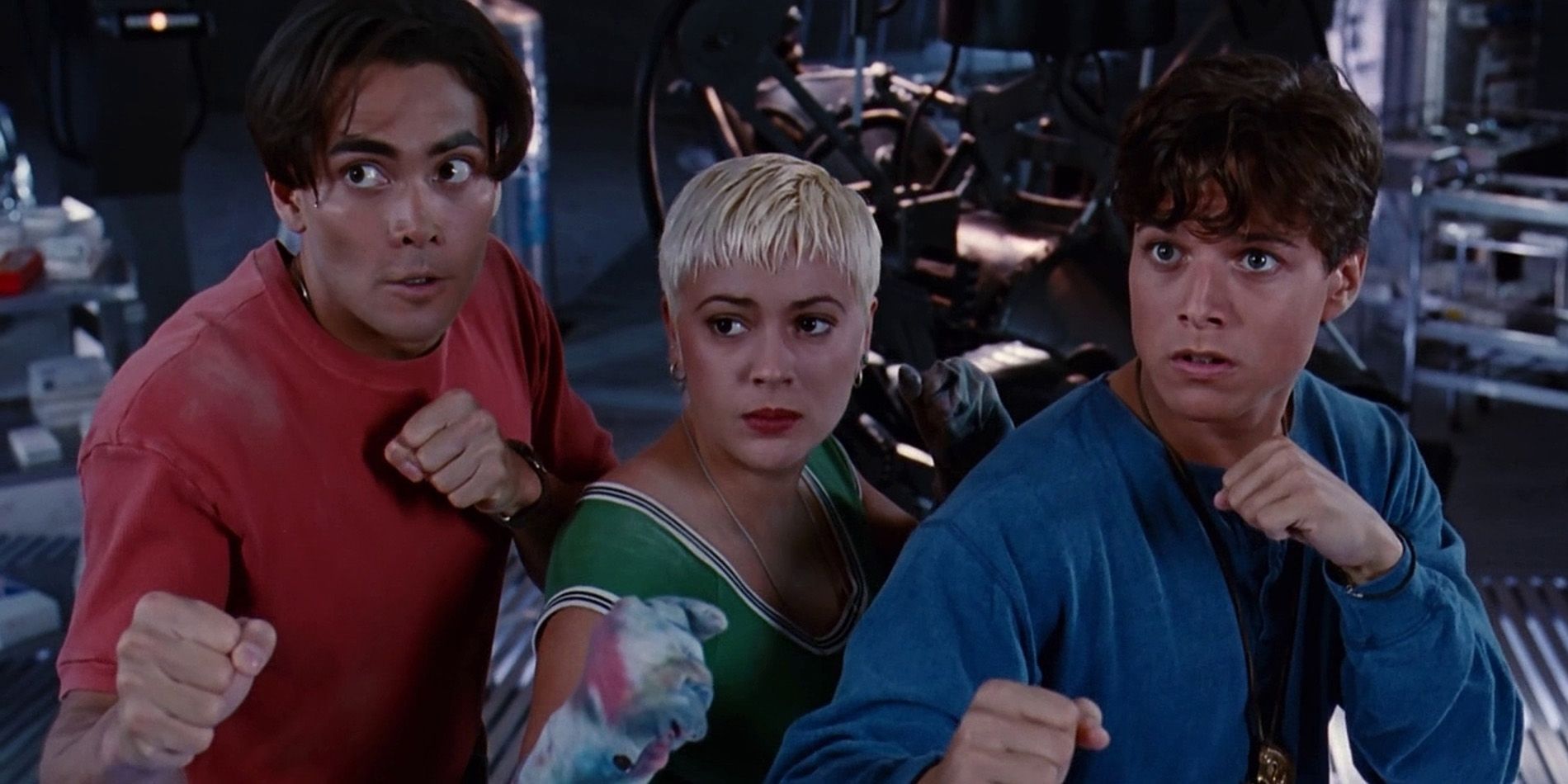In 1987, a game called Double Dragon took the arcades by storm. You played as one of two martial artist brothers, Billy Lee and Jimmy Lee. The story involves Billy's girlfriend being kidnapped by the Black Warrior gang. It is up to Billy and Jimmy to fight their way through hordes of vicious gang members, using a variety of punches, kicks, and improvised weapons.
Double Dragon became a massive hit, which led to numerous sequels and adaptations. While other games would steal the spotlight from the series (like Streets of Rage, Final Fight, and Street Fighter II), the name Double Dragon has endured in our memories.
With Double Dragon returning to consoles (as well the Nintendo Classic Mini), we feel the time is right to give some love to the king of the beat 'em up genre. From its status as the forebear of DLC to one very bad movie.
Here are 15 Things You Didn’t Know About Double Dragon!
15. The Original DLC
People love to complain about how downloadable content has ruined modern gaming. This comes in a few different flavours. You have developers selling completely useless items, like the Horse Armor in The Elder Scrolls IV: Oblivion. There are games that are obviously missing chunks of their story, so that they can be sold to the player at a later date (like Final Fantasy XV). One of the worst examples of DLC is a game that heavily restricts its reward system in order to entice impatient players into paying real money to get them quicker (hello Overwatch).
This kind of greedy behaviour has been going on for a long time. One of the first perpetrators of scamming money from the players happened in the arcade version of Double Dragon III: The Rosetta Stone.
In the original arcade version of Double Dragon III, you could buy new moves, weapons and life bar extensions with real money. This isn't counting the money you needed to play the game in the first place. The "Item Shops" were so unpopular with players that they were removed from the Japanese version of the game.
14. The Terrible Double Dragon Cartoon
If it is possible for a franchise to be advertised towards children in order to make a profit, then someone will attempt it, no matter how violent the original concept is. There have been cartoons made of films like Rambo, Robocop and The Toxic Avenger, all of which were rated R. The same is true of video games, as cartoons have been made of Street Fighter II and Mortal Kombat.
Despite being a franchise that is based on punching people in the face, Double Dragon would receive its own cartoon series. The Double Dragon animated series starred Billy and Jimmy as Dragon Warriors, who must honour a certain code. The rules of the Dragon Warriors (as explained in the first episode) are...
1) Do not battle if you can avoid it.
2) If you must fight, do not injure.
3) Never intentionally harm another.
So yeah, it's nothing like the video game. Double Dragon was just another way of selling action figures to gamers.
On the plus side, the show does have a kickass theme. Be warned, if you listen to it, then it will be stuck in your head all day.
13. The Mistranslated Name
It's funny how an incorrectly translated line in a video game can become embedded within pop culture. Ryu's victory quote in the original arcade version of Street Fighter II led to the creation of the "Sheng Long" hoax. This myth became so popular that it led to the creation of the characters Akuma and Gouken. The line "A Winner Is You" from Pro Wrestling on the NES would go on to become a popular phrase in the video game/pro-wrestling fan communities. The most famous badly translated game has to be Zero Wing for the Sega Genesis/Mega Drive. The line "All your base are belong to us" became the most popular of the early Internet memes.
The Double Dragon franchise has its own popular mistranslation. In the NES version of Double Dragon III: The Sacred Stones, starting a two-player game will show a cutscene that has Billy Lee's name written as "Bimmy". This was later referenced in Double Dragon Neon, where you must face two mutated versions of the main characters, who are named Bimmy and Jammy.
12. The Spiritual Sequel
While Double Dragon is considered to be the progenitor of the beat 'em up genre in America, there is another game that better suits the title. In 1986, a game called Nekketsu Kōha Kunio-kun was released in the arcades. It followed a high school student named Kunio, who had to beat up kids from other schools in order to stop them from bullying his friend. This game was actually released in the West, where it was retooled into a game called Renegade. As the Japanese high school aesthetic might have been lost on international audiences, Renegade was altered to look like The Warriors instead.
Nekketsu Kōha Kunio-kun was directly inspired by the youth of Yoshihisa Kishimoto, the director of the game. His next game would be the original Double Dragon. This wasn't the end for Kunio-kun, however. He would receive numerous games and spinoffs (one of which was River City Ransom on the NES). The most recent game in the franchise was Downtown Nekketsu Monogatari SP, which was released on the Nintendo 3DS in October 2016.
11. The Rage Of Dragons
When arcades first ruled the gaming world, the beat 'em up genre was very popular among players. Kids would line up with their quarters, for a chance to kick and punch some bad guys. Games like Double Dragon, Teenage Mutant Ninja Turtles and Final Fight ruled the scene. They offered a chance for two players to team up and battle waves of enemies together.
This all changed when Street Fighter II: The World Warrior was released in 1991. The beat 'em up genre slowly lost ground to two-player competitive fighting games. This meant that a few of the old beat' em up games tried to keep up with the times. Double Dragon and Teenage Mutant Ninja Turtles would get their own fighting games, while the characters of Final Fight would become incorporated into the Street Fighter universe.
In 2002, a company called Evoga wanted to make another Double Dragon fighting game. They were unable to gain the rights, due them being sold to a different company. Evoga decided to make a thinly veiled copy of a Double Dragon fighting game instead. They would release Rage of the Dragons into the arcades. It was a fighting game that starred original characters like Billy Lewis, Jimmy Lewis and Abubo. Very little effort was made to hide the fact that the game was based on Double Dragon.
10. The WWF Connection
The "Hulkamania" era of professional wrestling was when the WWF first became a global phenomenon. While there had certainly been big wrestling stars before Hulk Hogan, he was the first to ascend to the status of celebrity that was equal to that of a big Hollywood star.
Hulk Hogan's rise to stardom, coupled with Vince McMahon's business acumen, helped the WWF to become a big business during the era when the video game home console market was starting to heat up. As such, there have been many WWF/WWE games released over the years.
Technōs Japan was one of the first companies to be given the chance to develop a WWF video game. This may have been due to the fact that they created the massively popular Double Dragon series. In the arcade game WWF Superstars, if the wrestlers leave the ring on the right-hand side of the screen, then you can see Billy Lee from Double Dragon cheering in the audience.
9. The Many Ports
It's funny how video games and movies have an opposite attitude towards the concepts of sequels and classics. If a movie series has numerous sequels (like Friday the 13th or Hellraiser), then this is seen as a sign of a lack of quality. In the video game world, there are many series that have only gotten better with age. This is partly due to the advances in technology having more of an effect on video games than movies. On the flipside of this, older movies that are highly regarded tend to stay that way, while video games that are acclaimed during their time can easily lose their lustre in a few years.
There are some video games that are immune to ravages of time. Even though they may have come out thirty years ago, they are still just as fun today as they were then. These include games like Super Mario Bros, Pac-Man and Doom. These titles have been rereleased on many consoles and will likely still be seeing ports in twenty or even fifty years time.
One game series that has been ported excessively is the original Double Dragon. Along with the original arcade version of the game, it has been released for the Sega Master System, Nintendo Entertainment System, Game Boy, Atari 2600, Atari 7800, Amiga, Atari ST, Commodore 64, ZX Spectrum, Amstrad CPC, IBM PC, Sega Genesis/Mega Drive and Atari Lynx. There have also been updated versions of the game released on the Game Boy Advance, Xbox Live Arcade, iOS, Android and Steam.
This is a testament to how universal and playable the original Double Dragon is.
8. The Sons Of Stan
Before the more famous adaptations of Double Dragon were released (like the cartoon series and the movie), there was a comic book series that was based on the franchise. The Double Dragon comic was published by Marvel Comics in 1991. It was partly written by Dwayne McDuffie, who would later go on to create Static Shock, as well as producing Justice League Unlimited and Ben 10.
Marvel's Double Dragon featured villains that were more akin to supervillains than street thugs. Billy and Jimmy battled characters like Legerdemain (the sorcerer), Exoskeleton (who has a robot battle suit), Stealth (with the power of invisibility) and Superluminal (who possesses super speed).
The most interesting part about the Double Dragon comic is that Billy and Jimmy are introduced to their biological father, whom they had never met before. He helps them out in a battle against a dragon. It is revealed that Billy and Jimmy Lee's father is named Stan. He also happens to resemble a certain cameo loving comic writer...
7. The Wall
Piracy was rampant in the early days of home computers. It was generally more expensive and difficult to reproduce the cartridges that were used with Atari, Nintendo and Sega consoles. When it came to floppy disks, however, it was a lot easier to copy information. Computers like the Amiga had active hacking scenes, that could not only easily break the limited amount of copy protection that did exist but also add cheats to a new menu that opened up before you started the game.
As piracy was such an issue, many developers would leave messages within the contents of their games for hackers to find. These generally ranged from "Please wait a few months so we can make money from this game" to "I hope you die in a fire".
The disk for the Amstrad CPC version of Double Dragon contained a file that was intended to be read by hackers. It contained the lyrics to the Pink Floyd song, "Run Like Hell", from their classic album The Wall. This was intended to be a hint as to how to access the cheat mode, as you needed to type RUN LIKE HELL while the game was paused.
6. The Fist Of The North Star
In the current era of video games, a lot of effort goes into what the box art of each individual title looks like. Designers and advertisers have had decades to work out what works and what doesn't when it comes to attracting the eyes of the public.
This was not the case in the early days of video games. In most cases, you had artwork that was shoddily produced at the last minute. You could get box art that totally misrepresented the game (especially for titles on more primitive machines), or were just photos of scantily clad models.
Along with poor production values, you would also see a lot of plagiarism in the box art of old games. The Contra series was well-known for using copied images of famous action movie stars. The Double Dragon series was no exception to this. A couple of the Double Dragon games used artwork and character designs that were very similar to a manga/anime series known as Fist of the North Star. The Japanese box art for several of the Double Dragon games used designs that were almost identical to Kenshiro (the protagonist of Fist of the North Star) and his most famous opponent, Raoh.
5. The Warriors & The Queen
As previously mentioned, Double Dragon is the spiritual successor to the first Kunio-Kun game. As Kunio-Kun had an anime/Japanese high school aesthetic, it was retooled into a game called Renegade when it was released internationally. Both Renegade and Double Dragon were made to look like a movie called The Warriors.
The Warriors is an action movie that was released in 1979. It followed the titular group as they are led to a summit held by Cyrus, one of the most respected gang leaders in New York. The Warriors are framed for Cyrus' murder and they have to make their way back to Coney Island, whilst having to face off against other gangs that are out for their blood.
Double Dragon used the same gritty visual style that was used in The Warriors. It was all about street fighting in a rundown city.
This down to earth setting was completely abandoned by the time the third game rolled around. In the Japanese version of Double Dragon III, the end boss of the game is Cleopatra, the ruler of ancient Egpyt. She has been resurrected from the dead and is going to kill the Lee brothers with a range of magical laser beams. In the English language version of the game, this is changed to Billy's girlfriend, Marian. She has been possessed by an evil spirit and needs to be punched and kicked out of her.
4. The Invisible Death
The version of Double Dragon that made its way onto the Nintendo Entertainment System was way worse than the arcade original. We aren't just talking about the graphics or sound quality either. The NES version of Double Dragon didn't have a two player mode, due to hardware limitations. This is a major strike against the game, as most of the fun in Double Dragon comes from fighting side by side with a friend. The game could only handle two enemies on screen at once, as any more would cause slowdown.
One of the few additions to the NES version of Double Dragon was a level up system. This allowed you to upgrade your moves, after defeating lots of enemies. It was possible to cheat the system so that you could reach the maximum level by the second mission of the game. This involves climbing the metal fence and goading the Will enemies on the other side. If you retreat and then return, the Wills will become invisible. They cannot harm you, but you can harm them with a bat. This allows you to keep hitting the invisible enemies until you max out your hearts.
3. The Removed Features
There have been many video games that have had to be rushed out of the door before they are ready. This is usually due to pressure from the publisher, as they have the power to stop a game from being released at all. Games are usually rushed out to meet a holiday season deadline. This can lead to features being cut from games, due to them not being completed on time (as was the case with Star Wars Knights of the Old Republic II: The Sith Lords). With patches and downloadable content becoming more prevalent, we are seeing more and more games being released early, with the promise of features being added later (like No Man's Sky and Street Fighter V).
One game that was missing key elements upon release was Super Double Dragon for the Super Nintendo. According to Muneki Ebinuma, who was one of the men behind the game, it was rushed out to meet a deadline. Super Double Dragon was intended to have Ninja Gaiden style cutscenes between each mission (of which there are still graphics of within the game). These were meant to expand the story as it unfolded.
2. The Censored Blood
Nintendo used to be one of the strictest companies when it came to potentially offensive content in their games. They used to insist on the removal of blood from video games, to the point where the SNES port of Mortal Kombat replaced blood spurts with grey sweat. They loosened up on the restrictions on violent content when the ESRB was formed and a rating system was put into place. This did not stop some companies (like Squaresoft and Capcom) from moving over to the PlayStation so that they could produce games with more adult content.
The version of Double Dragon II that came out on the Game Boy was censored due to Nintendo's strict content guidelines. The Game Boy Double Dragon II is actually a retooled Kunio-Kun game (that was actually planned to be a Renegade sequel at one point). There are unused graphics inside of the game that showed a murdered man, who has written Billy's name in his own blood on the floor.
1. The Terrible Movie
The early nineties were a dark time for video game movies. It took the combined might of the film adaptations of Super Mario Bros, Street Fighter and Mortal Kombat to kill the notion of a good video game movie. This hasn't stopped people from trying to revive the video game movie genre, but as the Assassin's Creed film has proven, it is a lot easier said than done.
Despite the fact that the series had been declining in popularity (due to the rise of fighting games), Double Dragon would receive a movie adaptation in 1994. It stars Alyssa Milano as Marian and two actors you probably haven't heard of as Billy and Jimmy Lee. The villain is played by Robert Patrick, who is sporting a haircut that might be worn by the theoretical fusion of Vanilla Ice and Guile from Street Fighter II.
While the Double Dragon is as much of an embarrassment to the genre as the Street Fighter and Super Mario Bros. movies, it actually had a fighting game that was based on its story. The Neo-Geo Double Dragon was a two-player fighting game that used the characters from the film. You could even face Robert Patrick, though he now looks like Doctor Strange in his gym clothes instead.
---

